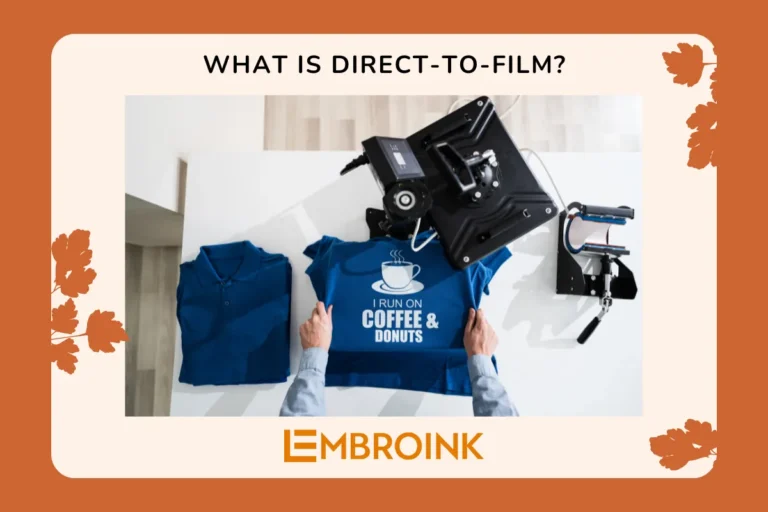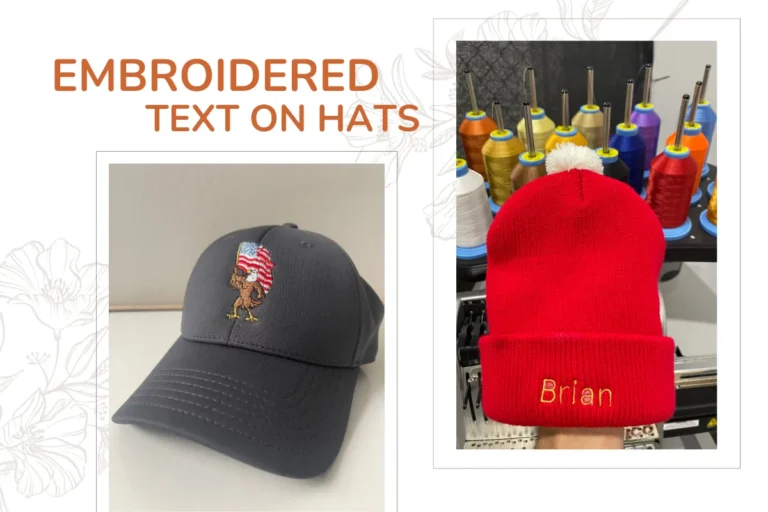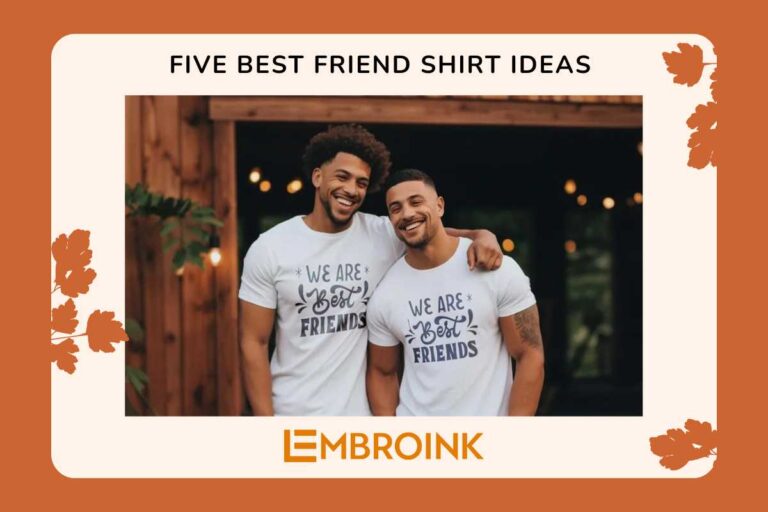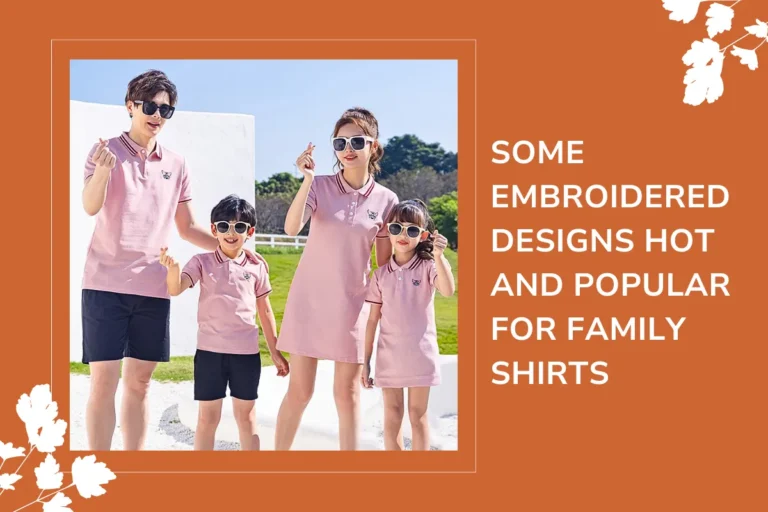The Embroidery Production Process: From Sketch to Stitch
What is Embroidery Production? Embroidery production refers to the process of creating embroidered designs on various materials such as fabric, leather, or even paper. It involves the use of specialized machines or hand embroidery techniques to stitch intricate patterns, logos, or decorative motifs onto the surface of the material. In industrial settings, embroidery production typically involves computerized embroidery machines that can replicate designs with high precision and speed. These machines are programmed with the desired design, and they use needles and thread to stitch the pattern onto the fabric automatically.
Embroidery production processes in garment manufacturing and hand embroidery will soon be unveiled by Embroiink Fulfillment Inc.! Stay tuned for insights into the intricate artistry of machine-based stitching and the timeless craftsmanship of hand embroidery. Discover the meticulous steps involved, from design creation to material preparation, machine setup, and the finishing touches that bring embroidered garments to life. Whether it’s the precision of automated machines or the personal touch of skilled artisans, Embroiink Fulfillment Inc. is set to illuminate the world of embroidery production.
Hand embroidery vs Machine embroidery
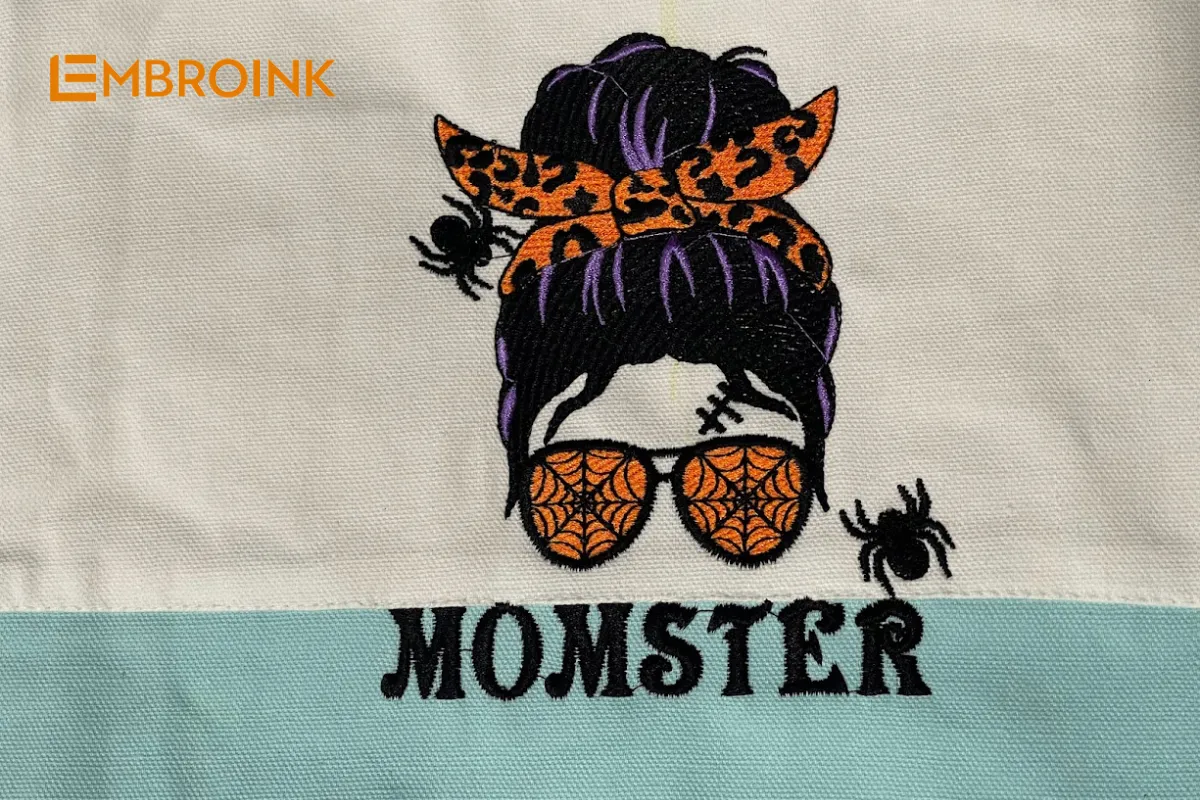
Hand embroidery and machine embroidery represent distinct approaches to embellishing fabric with thread. While they share the common goal of adding decorative elements, each technique possesses unique characteristics.
- Hand embroidery involves meticulous craftsmanship, where artisans manually insert each stitch. This method is deliberate and time-consuming, offering artists unparalleled creative freedom. With control over stitch type, thread color, and pattern, hand embroiderers can craft bespoke designs that exude individuality. Hand-embroidered pieces are revered for their artisanal touch and are often cherished as heirlooms, prized for their exquisite quality.
- Machine embroidery utilizes automated technology to rapidly bring designs to life. Despite lacking the personal touch of hand embroidery, it shines in efficiency and precision, making it optimal for mass production. This method enables the replication of intricate designs with unwavering consistency and accuracy. Ideal for larger or complex projects, machine embroidery caters to those desiring swift creation of embroidered items. However, its reliance on pre-programmed patterns and uniform stitching often results in a standardized aesthetic.
Here is a more detailed comparison of hand embroidery and machine embroidery:
| Hand Embroidery | Machine Embroidery | |
| Process | Slow, labor-intensive | Fast, automated |
| Creativity | High level of customization | Less customization |
| Value | Often considered more valuable | Less valuable |
| Look | More personal, handmade | More commercial |
| Cost | Less expensive | More expensive |
| Skill level | Requires some skill | Easier to learn |
| Materials | Needles, thread, hoops | Needles, thread, hoops, embroidery machine |
| Patterns | Available in a variety of formats | Available as digital files |
| Applications | Suitable for a variety of projects | Suitable for large or complex projects |
To sum up, hand embroidery and machine embroidery offer distinct beauty and versatility in the realm of needlework. The optimal technique for you hinges on your specific needs and inclinations. For those seeking a bespoke and artisanal approach to fabric embellishment, hand embroidery stands out. Conversely, if speed and cost-effectiveness are priorities, machine embroidery presents an appealing option.
Stay tuned for insights into the embroidery production process, covering both garment manufacturing and hand embroidery techniques, in the upcoming sections.
Machine Embroidery Production Process in Garments Manufacturing

The process flow chart for embroidery in the garment industry unfolds as follows:
- Artwork provided by the buyer
- Input into software for digital processing
- Design analysis for feasibility and compatibility
- Sending the design to the buyer for review
- Receiving recommendations and corrections from the buyer
- Preparation of sample embroidery
- Sending the sample to the buyer for approval
- Upon approval, proceeding to bulk production
The aforementioned flow chart delineates the intricate process of embroidery within the garment industry.
- The journey of embroidery production commences with the digitizer company, entrusted with the task of receiving artwork from the buyer and meticulously adjusting it to perfection, incorporating any necessary alterations along the way.
- Subsequently, the embroidery supervisor assumes the reins, tasked with overseeing the receipt of the correct tape or disk of embroidery from the production coordinator. With precision and attention to detail, the supervisor orchestrates the setup of the embroidery machine, strategically arranging bulk or 20-48 embroideries to maximize efficiency within the machine’s capacity.
- A critical aspect of the supervisor’s role lies in calibrating the machine’s speed in alignment with the varying fabric types, ensuring optimal results and minimizing potential errors.
- Upon the completion of the embroidery operation, a comprehensive quality assurance process ensues. Every embroidered piece undergoes meticulous scrutiny by a needle detector machine, safeguarding against any imperfections before being seamlessly transitioned into the cutting section.
- Here, the cutting inspector assumes responsibility, meticulously examining each piece with a discerning eye to ensure precision and accuracy in every cut.
- As the embroidered pieces progress further along the production line, the scrutiny intensifies. The quality assurance manager and cutting supervisor conduct thorough inspections of each bundle, meticulously vetting for adherence to stringent quality standards.
- Before integration into the sewing line, the quality in-charge conducts a final assessment, ensuring that each bundle meets the exacting standards of quality. To guarantee the integrity of the finished product, the bundles are subjected to the scrutiny of a metal detector machine, affirming the assurance of 100% acceptability.
Hand Embroidery Production Process
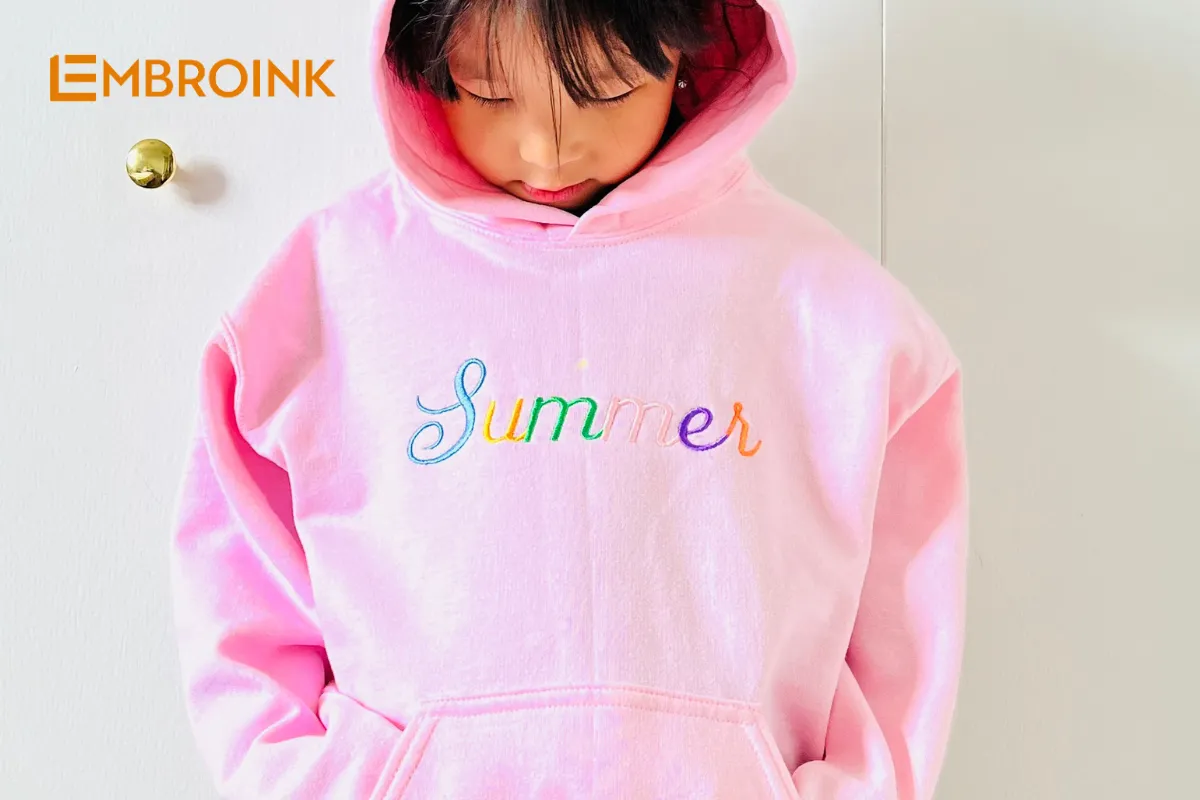
Choose embroidery pattern
The initiation of the hand embroidery production process entails the selection of a pattern, a pivotal step that sets the tone for the entire endeavor. Given the vast array of embroidery patterns available, careful consideration is paramount in crafting a pattern that resonates satisfactorily from the outset. The chosen embroidery design serves as the cornerstone, influencing subsequent variables including the embroidery technique employed, the duration of execution, and the eventual selling price of the completed work. Thus, the deliberation and discernment exercised in the selection of the embroidery pattern lay the foundation for a successful and harmonious journey through the intricacies of hand embroidery production.
Select embroidery materials
In the intricate process of hand embroidery, a multitude of materials play crucial roles, yet none are as indispensable as embroidery fabric and embroidery thread. These two elements form the very canvas upon which the artistry of hand embroidery unfolds.
- In the realm of embroidery fabric, discerning choices abound. High-end options typically encompass fabrics crafted from pure cotton, linen, or silk, each boasting their own distinct characteristics and allure. Meanwhile, mid-range alternatives often feature synthetic fabrics, offering a balance of affordability and functionality. The selection of fabric is meticulously tailored to meet the specifications of the customer’s order, ensuring utmost satisfaction and precision in the final product.
- The selection of embroidery thread stands as a pivotal element in distinguishing Vietnamese hand-embroidered masterpieces with unrivaled grace and refinement. Renowned for their meticulous artistry, Vietnamese hand-embroidered threads are infused with a distinctive allure, often dyed by hand using premium materials. In stark contrast to their counterparts imported from China, these threads predominantly feature silk, celebrated for its ethereal essence, delicate texture, luminous sheen, and vibrant spectrum of hues.
Central to the process of choosing embroidery thread is the imperative task of selecting the right color—a challenge underscored by the inherent complexity of harmonizing hues. Crafting a cohesive embroidery thread color palette demands a nuanced understanding of artistic perception, requiring the chooser to possess a keen sensitivity and discerning sophistication. Given the diverse themes inherent in hand-embroidered works, a multitude of thread colors is essential, compounded by the nuanced variations in color gradation and sheen across individual threads.
Achieving precision, harmony, and flexibility in embroidery thread color matching necessitates the expertise of highly skilled artisans honed over years of dedicated practice. It is through the harmonious amalgamation of these exquisite thread colors that the seamless transition between lines and hues is realized, infusing the final product with an unparalleled sense of authenticity and vibrancy.
Proceed with embroidery

Following the selection of the embroidery pattern and meticulous preparation of all requisite materials, artisans embark on the embroidery process itself. Employing techniques ranging from fundamental to intricate, they painstakingly execute each element of the design with precision and finesse. However, unlike the expediency of machine embroidery, hand embroidery is inherently time-intensive, influenced by a myriad of factors including the size of the embroidery, complexity of motifs, and the artisan’s proficiency.
Check quality and pack goods
The culmination of the hand embroidery production process entails meticulous quality assurance and careful packaging of the finished goods. Upon completion of the embroidery, each piece undergoes a thorough inspection, where any errors are rectified, and excess threads are meticulously removed. Only once all quality standards are met, the goods are meticulously packaged and dispatched to the warehouse, primed for distribution to the customer.
The preceding article has provided readers with insights into the embroidery production process. If you have any questions or suggestions regarding the content, we encourage you to leave a comment below! Your feedback is invaluable to us, and we are always eager to hear from you.


